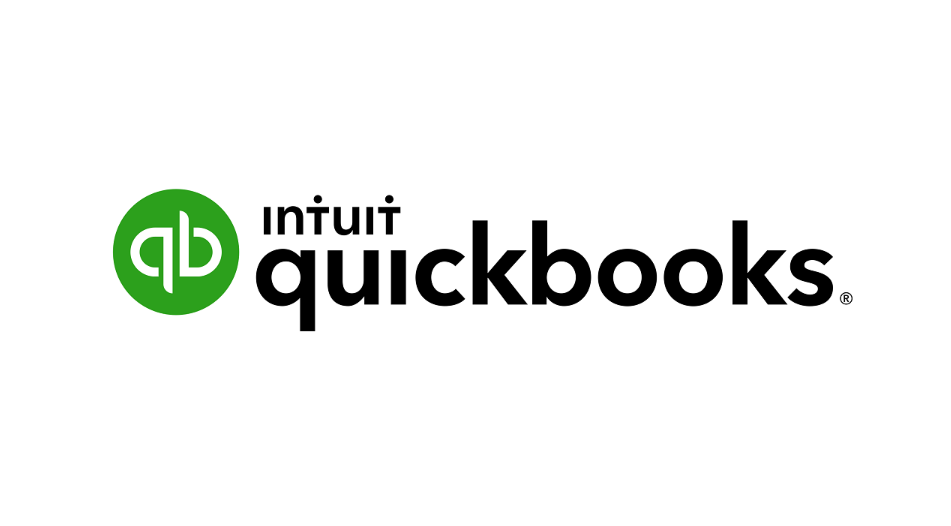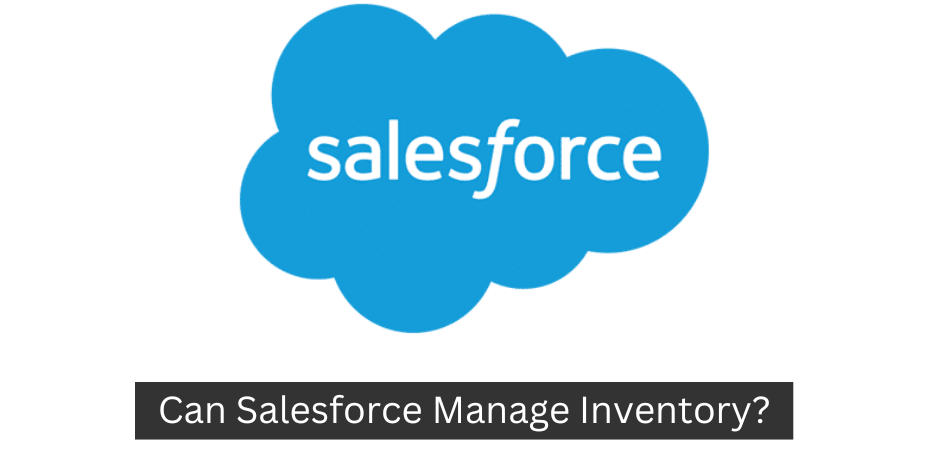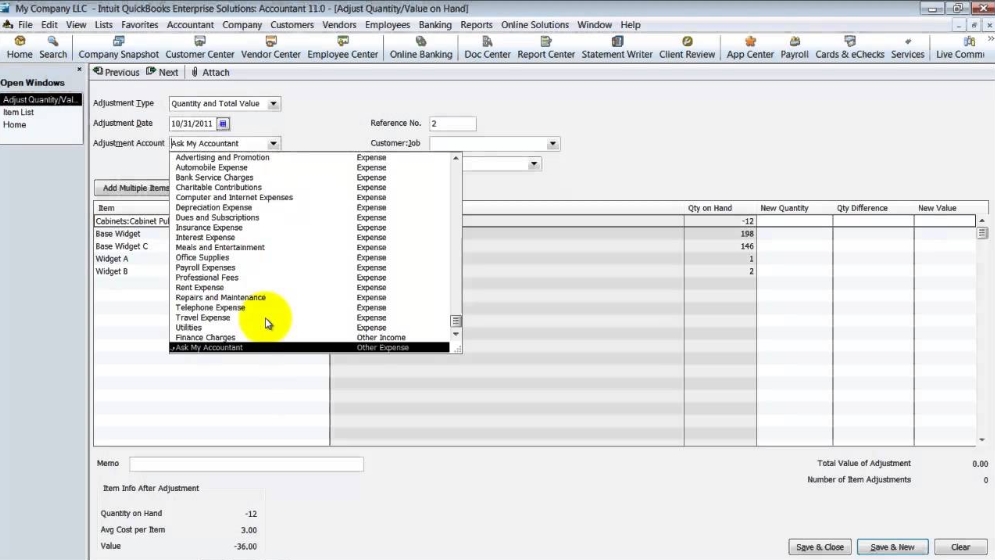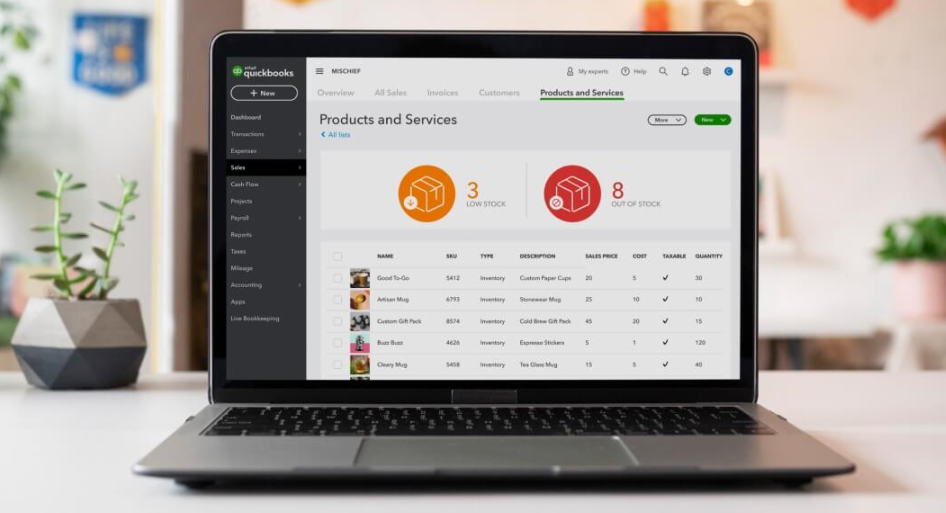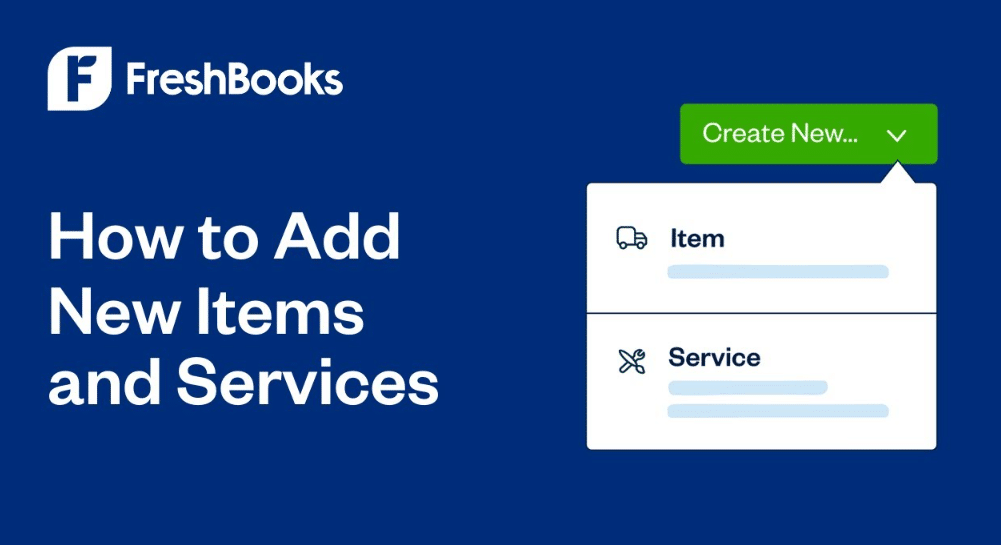Creating a Chart of Accounts for a Merchandising Business
Anúncios

A merchandising business’s chart of accounts should be set up to reflect the various revenue types it generates. Each type of revenue should be given its own account to allow management to monitor trends and predict profitability. Merchandise inventory and Contra accounts are examples of such revenue types.
Anúncios
Contra accounts
If you’re in the merchandising business, you will need a chart of accounts to record your trading activities. Typically, your chart of accounts will look similar to the Trial Balance, but it will also include 600s and 500s for operating expenses and cost of goods sold. A new account for merchandise inventory will also be created, and it won’t be touched much during the accounting period, except for closing entries. The balance of your merchandise inventory will be in the Inventory account at the beginning of the accounting period, and it’ll appear on a partial Balance Sheet. Similarly, the purchase of inventory will go to the Purchases account.
The financial statements of a merchandising business are similar to those of a service business, except that the merchandising business’s inventory is likely to shrink over time. In order to accurately measure the efficiency of the business, the ratio of net sales to assets will be important.
Anúncios
Despite these similarities, a chart of accounts for a merchandizing business will be unique to the business. It should clearly define all of the accounts that are important to the business. It should also make it easier to prioritize transactions. A good chart of accounts will be different for different lines of business, so if you’re in the merchandising business, the chart of accounts will be different from that of a manufacturing business.
Creating a chart of accounts for a merchandizing business will give you a clear picture of how your business is doing financially. You should also include the account codes that are commonly used in the business. These codes will serve as the primary reference for all worksheets. Different types of businesses have different account codes, so you’ll want to keep this in mind when creating your chart of accounts.
There are two primary ways to create a chart of accounts for a merchandise business. The first is the balance sheet. This is where you keep track of the company’s assets, liabilities, and equity. A merchandising business will have inventory assets. This is different from a service company, which does not have inventory assets.
Balance sheet
Unlike the balance sheet of a service business, a merchandising business’s chart of accounts shows its financial health. Its balance sheet shows the company’s current assets and liabilities, and it also shows the changes in the company’s cash flow. It is possible to customize the chart of accounts to your business’s specific needs.
A chart of accounts is an essential part of any accounting system. It lists all accounts in a business and assigns each one a four-digit numbering system. The different accounts in a chart of accounts are usually grouped into parent account types. For example, cash and accounts receivable fall under the Assets category. You can review a sample chart to learn more about each account category and its numbering system.
Income statement
The income statement for a merchandising company consists of a series of columns that show financial performance. It shows the revenue generated by operations and the expenses incurred during the business period. The income statement also details gains and losses outside of operations. This type of statement is more complex than that of a service business. In merchandising, costs for inventory are included in the income statement. These costs include the cost of goods sold and the cost of purchasing and delivering inventory.
In a multi-step income statement, you list the expenses and revenues separately, in order to produce an accurate picture of the company’s profitability. This type of income statement is more detailed than a single-step income statement because it separates costs of goods sold and operating expenses, and it calculates gross margin.
An income statement for a merchandising company lists both operational and non-operational earnings and losses. An income statement for a merchandising business is similar to one for a service business, but its non-operational income is reflected differently. In a merchandiser’s business, non-operational gains and losses can be realized when a retail store redecorates and sells fixtures and furniture for profit. Meanwhile, a service company may experience a loss from a lawsuit judgment. In the latter case, a service provider is likely to be sued for breach of contract or defective goods.
A gross margin percentage (GPM) can be a useful tool in making business decisions. Gross profit margin is the difference between the selling price of a product and the total cost. Gross profit is an important figure for many companies because it shows the amount of profit left after expenses after paying for a product. The higher the gross profit margin, the more money a company can reinvest and return to shareholders in dividends.
An income statement for a merchandising company separates operating income from incidental income, which includes purchases, discounts, returns, and freight in. This line also contains the costs of purchased goods.
Merchandise Inventory
A merchandising business chart of accounts shows various categories of revenue, including sales, purchases, and inventory. Each category has its own account number, which allows management to evaluate sales trends and predict profitability. The most important category to monitor is merchandise inventory group A.
Merchandise inventory accounts for the products that a merchandising business has acquired. This includes products in transit from suppliers, in storage facilities, and on display in a store. Some inventory may also be on consignment in other locations. In any case, the merchandise inventory is included in the current asset.
Merchandise Inventory accounts are debited when a customer makes a purchase. For example, if a customer buys a stereo on account, they may receive a discount. This discount may be in the form of cash. In this case, the payment should be made within 10 days of the invoice date. In this case, merchandise inventory decreases by $10.
Another type of inventory account is called a perpetual inventory. This system allows a merchandising company to estimate the amount of merchandise that will be returned. The company then records the cost of returned goods in a journal entry on the first day of the year. The entries record an estimate of the returns of merchandise, but they do not always reflect actual returns.
In addition to the traditional inventory account, a merchandising business should use a sales discount account. This type of account records the percentage of a retailer’s sales that differ from the value of the merchandise inventory recorded as cost. It also accounts for the cost of goods sold based on cost of goods sold.
Merchandise inventory is an important component of an accurate revenue statement. Without proper management, an over-inventory merchandise inventory could become a liability. Therefore, a successful warehouse will limit the amount of inventory that is not sold quickly. In addition, it will be equipped with a well-tuned supply chain and accurate revenue statements.
Merchandise inventory is one of the most important assets for a merchandising business. It accounts for the value of goods in stock, including raw materials and finished goods. Merchandise inventory is one of a business’s biggest assets, and it is usually recorded on the balance sheet at the end of each accounting period. Additionally, it also includes goods that are in transit from a supplier or distributor to the retailer’s warehouses.
